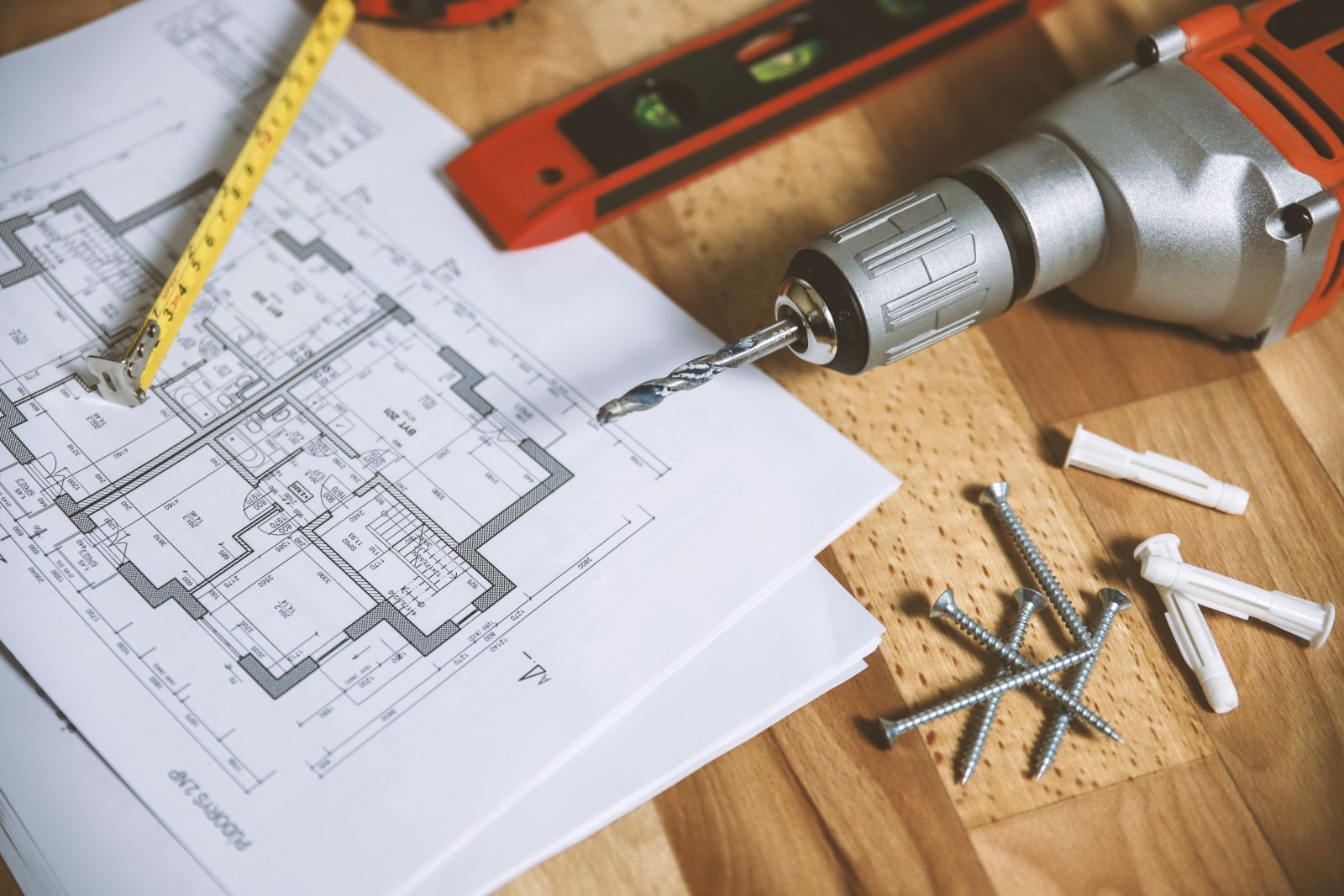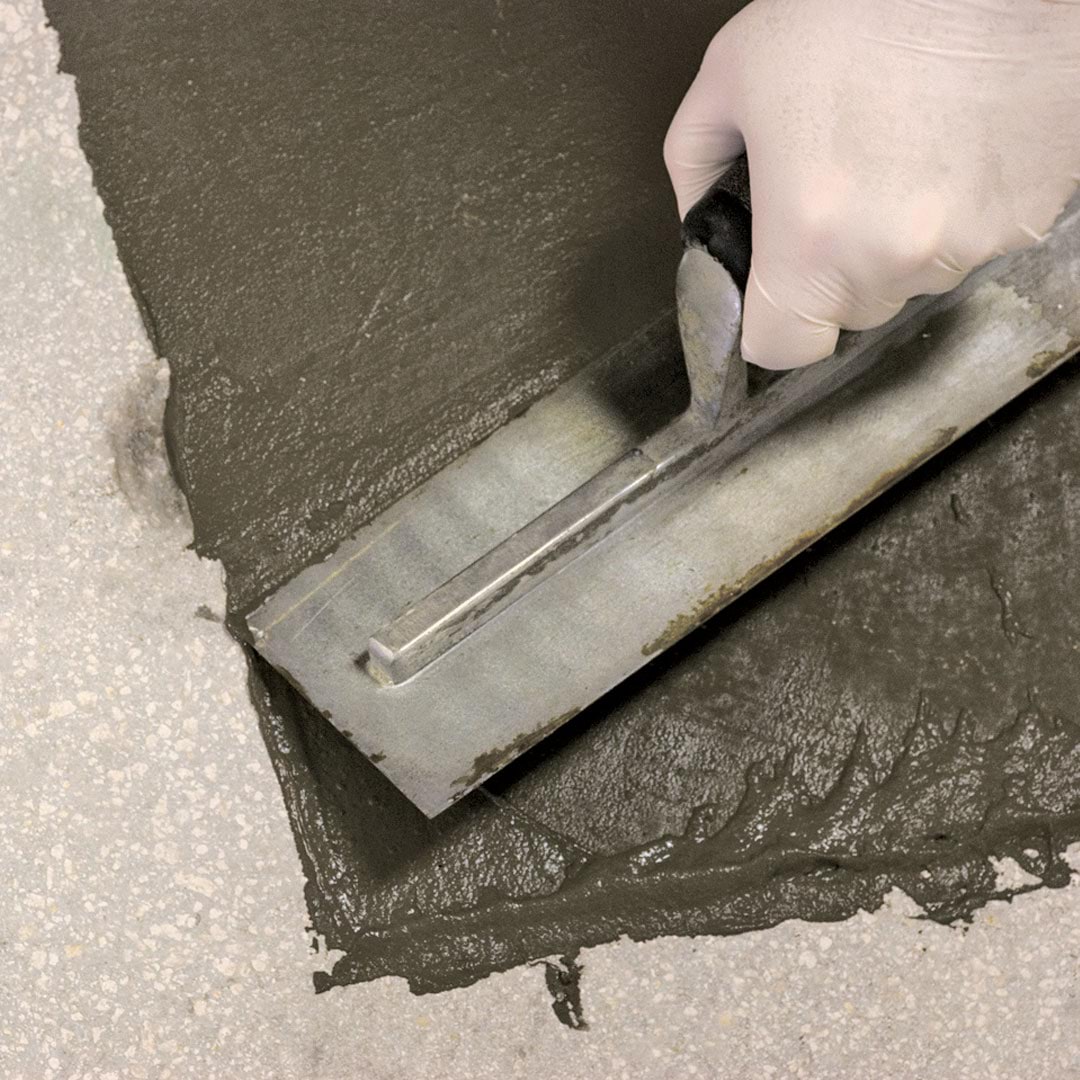
Floor Prep: to prep, or not to prep - this is the question!
March 22, 2023
Floor preparation is more important for some floor covering products than others! Depending on the condition of your subfloor or structural floor, there may be products that or more or less suitable - OR in short, more or less expensive to prep for proper installation. If you're exploring the idea of changing your floors and planning for a renovation, it can be very challenging to know what it looks like under the existing floor. It's also important to note what your subfloor or structural floor is made of.

Different floor coverings require different amounts of prep, for different reasons! Some rigid, thin products need a very flat floor to maintain the integrity of their click system. For thin glue-down products such as linoleum, sheet vinyl, and glue-down vinyl plank, these product also require a flat floor to reduce/attempt to eliminate any telegraphing. Telegraphing occurs when the surface floor covering product shows patterns, imperfections, or irregularities of the product or floor below. An example is if you decided to use a thin glue-down vinyl plank over an existing tile installation, shortly after install as the glue sets and the plank warms up - the definition of the grout lines will be apparent in the surface of the glue-down vinyl plank.
Floor preparation may not influence your buying decision if you're set on a certain product for reasons such as durability or style. But if you're trying to stick to a budget, a surprise prep bill is no fun.
So, what products require the most prep, and what require the least? Every product has installation guidelines specific to the brand of flooring. Talk to your salesperson about the specific requirements for prep for the products you're considering. Below, we'll discuss the major floor covering options and their prep requirements.
Before we jump into the floor covering products and their specific requirements for prep, it's important to discuss the subfloor or structural floor substrates (what it's made of). Here are a few common substrates we see in BC, Canada: concrete (usually a foundation slab but can also be upper levels of a structure), plywood, OSB (oriented stand board), gypcrete, wooden plank (less common), and specialized engineered panels (uncommon). Concrete foundations often have large cracks from settling, and depending on the original specification for flooring - may not be level and flat. Plywood comes in different grades, and the installation is crucial as to whether or not a lot or a little prep is required to bring the floor to acceptable standards for installation. OSB is strong, but more prone to water damage than plywood and other options. Gypcrete is a cost effective and fast-drying alternative to concrete (specifically on upper levels of a condo or apartment building), but often cracks and crumbles over time which would likely require more prep for almost any floor covering. Wooden plank would require prep in the event that the boards have warped, swelled, shrunk, or twisted - which is common. Specialized engineered panels would likely require far less prep than the other options, but are rare.

If you happen to have a subfloor requiring major a amount of prep and you want to avoid it: go with carpet. The carpet plus the underpad will mask almost any imperfection and undulation in the subfloor below - allowing the end user to remain blissfully ignorant! BUT not everyone wants carpet - AND this can go the other way: if you, or the next homeowner decides to remove the carpet and replace it with a hard surface, the floor prep will be required then!
Tile is another option that often requires low prep. The reason is the mud-bed is thick and will help fill in low points. Tile, however, can be a more expensive floor covering option and the labor is generally quite high in comparison to other product labor. Therefore, tiling doesn't often make a floor installation more cost effective, specifically if it's a large area.
Wood floor options, such as solid and engineered wood require varying levels of prep depending on the subfloor, but generally require less prep that their man-made click counterparts such as click engineered wood, laminate, and click vinyl.
Laminate flooring, depending on the thickness, generally falls somewhere between engineered wood and click vinyl: often requiring only slightly more or the same prep when compared to a wood product, but less than a vinyl product. This is because the click systems on laminate are generally more robust than the vinyl clicks on the market (due to the style of click system and thickness of the product). Laminate also gets installed with an underlayment which can help to mitigate minor imperfections in the floor. Laminate is a great alternative for homeowners and renovators hoping to use click vinyl plank, that have ran into a big, and often unexpected, prep bill. The laminate market has also responded to the rise in click vinyl with water-protected cores; these laminates can have 100 hour water surface protection and very stables cores AND require less prep. They're generally a better overall price as well.
Click vinyl plank, and soft glue-down products such as linoleum, sheet vinyl and 2, 3, and 5mm glue-down vinyl plank all generally require the most prep. The main difference between the click vinyl plank and the other products mentioned is that the click installation will fail if the prep is not done to manufacturer's specifications for installation. Click vinyl plank can be a thinner, brittle product with varying qualities of click system and vertical sheer strength; they're not all made equal. The best quality click vinyl planks (thick, good click systems) will require prep similar to laminate, but the product itself will come with a high price tag reflecting the quality. Entry-level click vinyl planks (the least expensive options on the market) are not worth your time: it's almost impossible to prep any floor well and flat enough, within the product's specifications, to ensure the proper installation of this style of click vinyl plank. Because these products have seemingly unattainable prep requirements, many installations of these inexpensive, low quality click vinyl planks are doomed for failure. With lack of prep for the linoleum, sheet vinyl and glue-down vinyl plank, these products will show telegraphing of any patterns, imperfections, or irregularities but as long as there is sufficient surface contact with the subfloor, glue and back of the product - the floor will not fail, only look ugly.
At Kelowna Floors, we start by discussing prep - specifically when clients are interested in vinyl plank. We want to be open and upfront about what kind of costs are possible on a job! If you're doing a renovation or working with another flooring store, make sure you ask about floor prep for the products you're considering; it may influence your decision!
